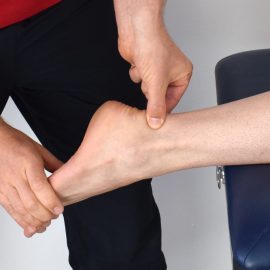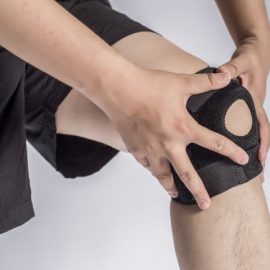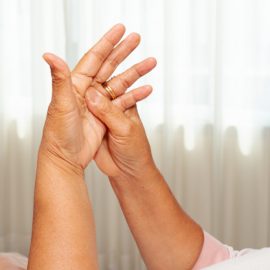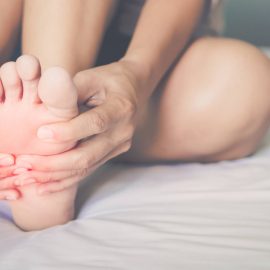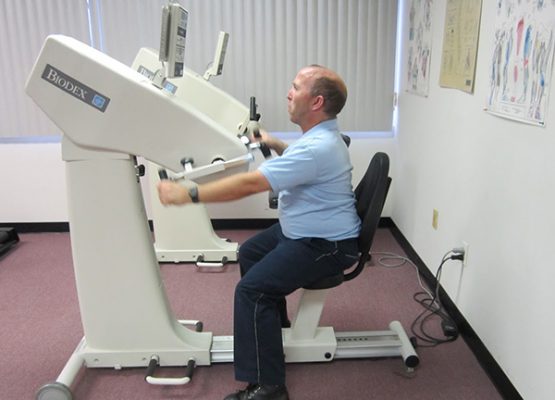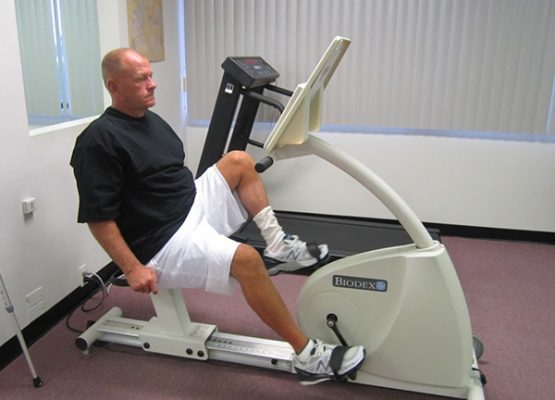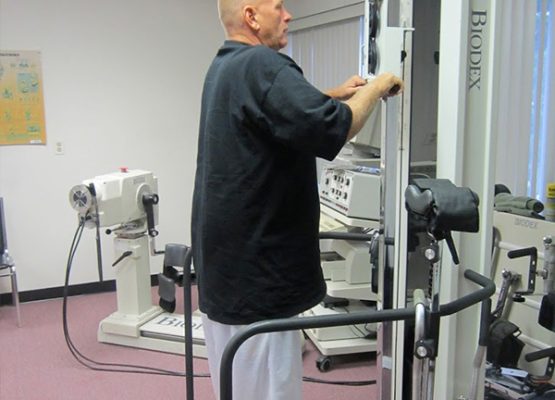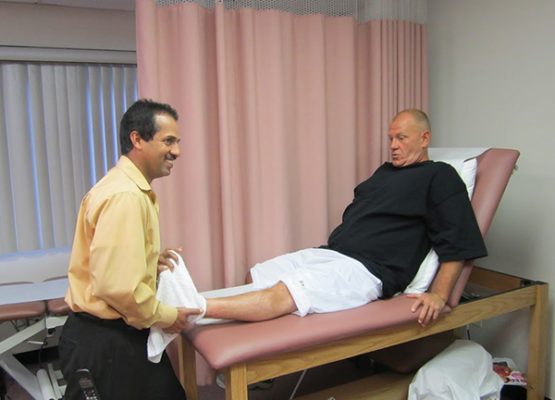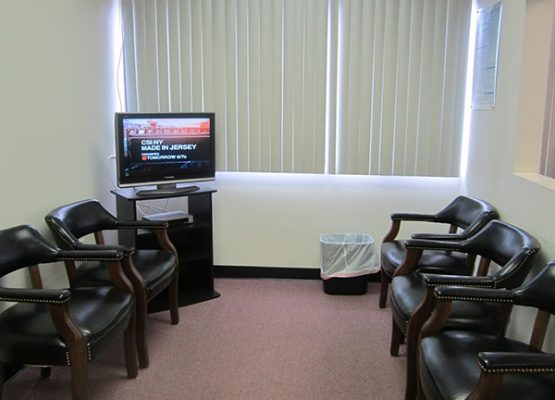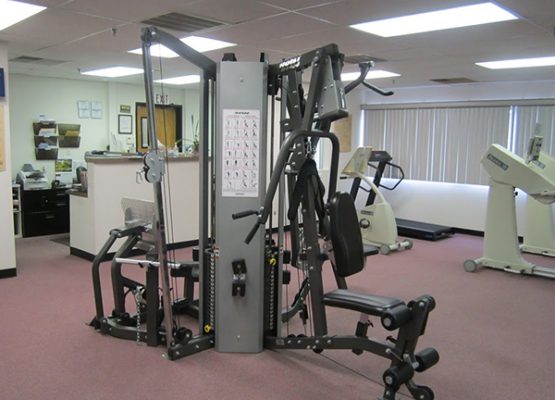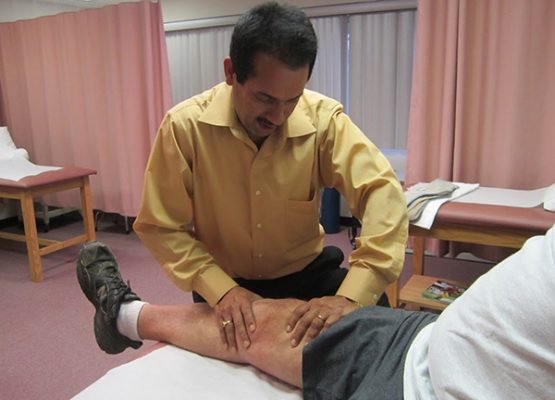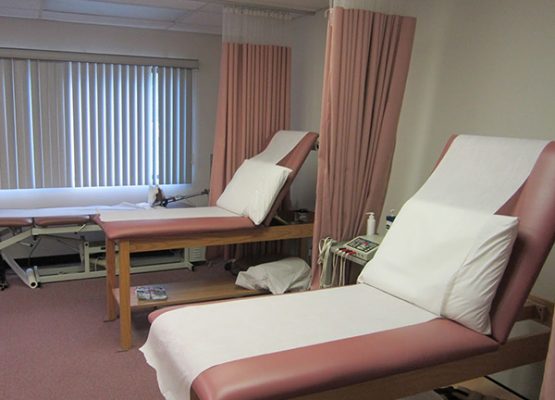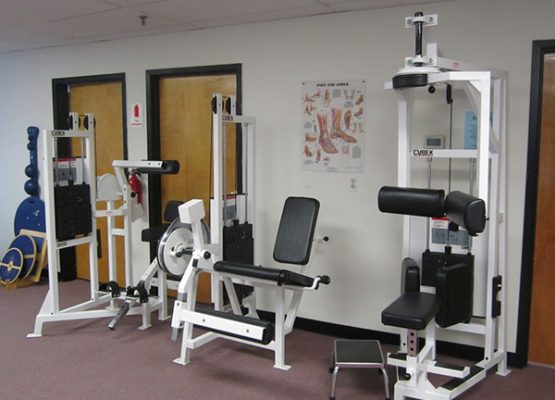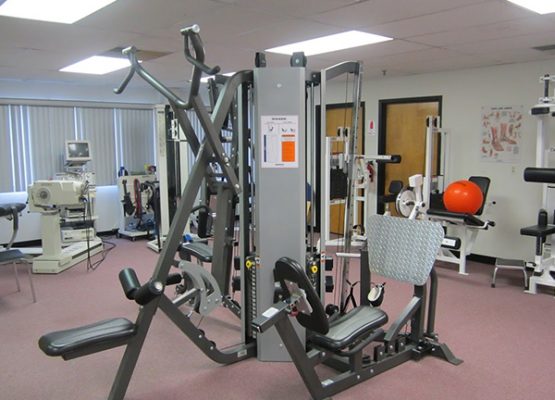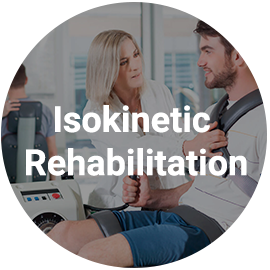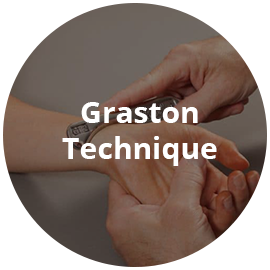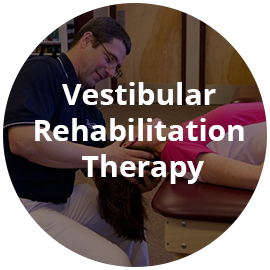Sprains and strains are common injuries to the musculoskeletal system. Although these two words are often used interchangeably, they are different types of injuries.
What is a sprain? A sprain is an injury involving the stretching or tearing of a ligament (tissue that connects bone to bone) or a joint capsule, which help provide joint stability. A severely damaged ligament or joint capsule can cause instability in a joint. Symptoms may include pain, inflammation, and in some cases, the inability to move a limb (arm, leg, foot). Sprains occur when a joint is forced beyond its normal range of motion, such as turning or rolling your ankle.
What is a strain? Strains are injuries that involve the stretching or tearing of a musculo-tendinous (muscle and tendon) structure. An acute (instant or recent) strain of the musculo-tendinous structure occurs at the junction where the muscle is becoming a tendon. These strains take place when a muscle is stretched and suddenly contracts, as with running or jumping. This type of injury is frequently seen in runners who strain their hamstrings. Many times the injury will occur suddenly while the runner is in full stride. Symptoms for an acute muscle strain may include pain, muscle spasm, loss of strength, and limited range of motion. Chronic (long-lasting) strains are injuries that gradually build up from overuse or repetitive stress, resulting in tendinitis (inflammation of a tendon). For example, a tennis player may get tendinitis in his or her shoulder as the result of constant stress from repeated serves.
Severity of sprains and strains: A physician categorizes sprains and strains according to severity. A Grade I (mild) sprain or strain involves some stretching or minor tearing of a ligament or muscle. A Grade II (moderate) sprain or strain is a ligament or muscle that is partially torn but still intact. A Grade III (severe) sprain or strain means that the ligament or muscle is completely torn, resulting in joint instability.
Treatments: Grade I injuries usually heal quickly with rest, ice, compression, and elevation (RICE). Therapeutic exercise can also help restore strength and flexibility. Grade II injuries are treated similarly but may require immobilization of the injured area to permit healing. Grade III sprains and strains usually require immobilization and possibly surgery to restore function.
The key to recovery is an early evaluation by a medical professional. Once the injury has been determined, a treatment plan can be developed. After treating pain and swelling, doctors usually say to exercise the injured area. This helps to prevent stiffness and increase strength. Some people need Physical Therapy. You may need to exercise the injured area or go to physical therapy for several weeks. Your doctor or physical therapist will tell you when you can start to do normal activities, including sports. If you begin too soon, you can injure the area again.
It is important to see a doctor if you have a painful sprain or strain. This helps you get the right treatments.
To learn more about how Prime Health Physical Therapy can help you or a loved one or to schedule an appointment call us at 908-925-9700 or 732-283-2500
